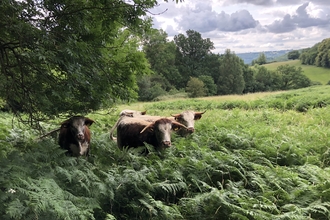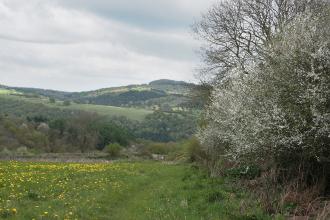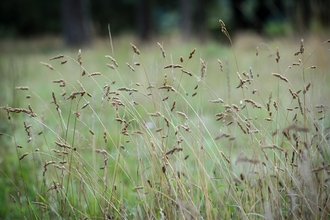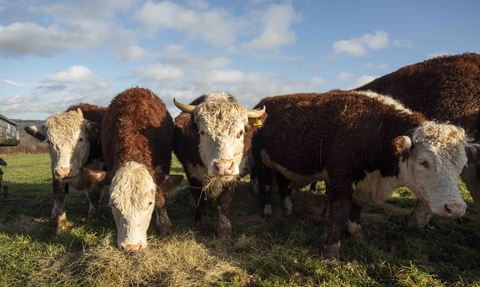
Nanette Hepburn (Hepburn Photography)
Conservation Grazing
Conservation Grazing (https://www.youtube.com/watch?v=wjPHz_tr234)
Why we use conservation grazing as a process to benefit the environment and wildlife.
Conservation grazing is the method of using low intensity grazing by livestock to help restore damaged habitats to places rich in natural diversity.
Thanks to their munching, nibbling and trampling as they wander freely across the land, they create the perfect conditions for a whole host of plant and insect species, which in turn supports birds and mammals.
It is a return to more traditional grazing practices but for the modern purposes of conservation.
How conservation grazing helps nature
Livestock are not machines. They don’t create a uniform and monotonous habitat but, through their selective feeding and behaviour, they enable a patchwork of microhabitats to occur that benefit a wider range of animals, from fungi to plants, insects to reptiles, birds to mammals.
Creating microhabitats
Different breeds of livestock have different diets and ways of feeding that create favourable conditions for wildlife. Cows feed by wrapping their tongues around the plants and pulling them up, leaving behind patches of vegetation of uneven heights. Sheep meanwhile tend to nibble the vegetation shorter creating cropped areas. It is this variety that enables many different types of plants and insects to establish themselves. It also benefits ground-nesting birds, like skylarks, that need this mix of conditions to raise their young.
Creating space
Livestock often feed on the more vigorously growing plants, shrubs and tree saplings that, if left unchecked, can overwhelm the more delicate wildflowers and reduce the diversity of the plant community. Livestock grazing makes it easier for more plant species to coexist. As they move around, they also create space by pushing through the vegetation, tramping wildflower seeds into the soil as they go, ready to germinate next year.
Creating food
The manure from grazing livestock, especially cows, is a great source of nutrients for plants and insects. More than 250 species of insects have been found on cattle dung in the UK. An added benefit of low intensity grazing is that the smaller numbers of animals are less likely to need treatment for internal parasites and so no chemicals go into the soil or food chain.
Conservation grazing on our reserves
In addition to working with local farmers who graze their animals on our land, we started with our own flock of sheep in 2009. Choosing the right grazer for the right habitat is very important as the way they feed and how they behave will determine the benefits they can bring. At GWT, we choose rare and traditional breeds as they are best suited to the terrain and vegetation on our reserves.
Meet the team
Our grazing team is made up of two sheep breeds and one cattle.
Hebridean Sheep
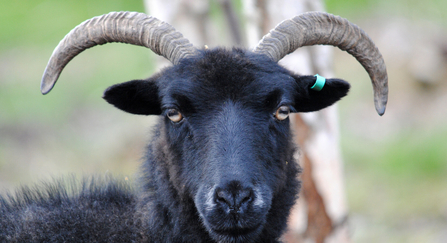
WildNet - Amy Lewis
This small but tough breed are a favourite for conservation grazing. They have a more browsing method of feeding than other sheep breeds and are able to thrive on plants of low nutritional value. Their black fleece is thick and water repellent so they are suited for all weathers.
Hill Radnor Sheep
Nanette Hepburn (Hepburn Photography)
A large, hardy breed built for life in the hills of Brecon and Radnor, they are perfectly suited for our reserves. They are good foragers and easy to look after.
Traditional Hereford Cattle

Nanette Hepburn (Hepburn Photography)
An old breed native to the area, they are hardy enough to be outdoors all year round. Preferring to graze on coarse vegetation, shrubs and trees, they do very well even on poor quality pasture.
We use our GWT grazing livestock on our three main grassland reserves in the Wye Valley - Wyeswood Common, Pentwyn Farm and New Grove. We also move them around a number of our smaller reserves depending on the time of year. They have played a key role in the restoration of over 100 acres of wildflower-rich grasslands and conserving some of the best nationally designated SSSI grassland communities in Monmouthshire.
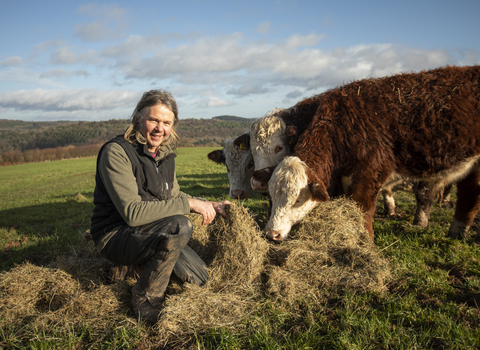
Nanette Hepburn (Hepburn Photography)
Shepherds and Livestock Checkers
With the help of volunteers, we check our grazers every day to ensure the highest animal welfare standards. If you are interested in becoming a volunteer shepherd or livestock checker then please contact Joe Ryder at jryder@gwentwildlife.org

